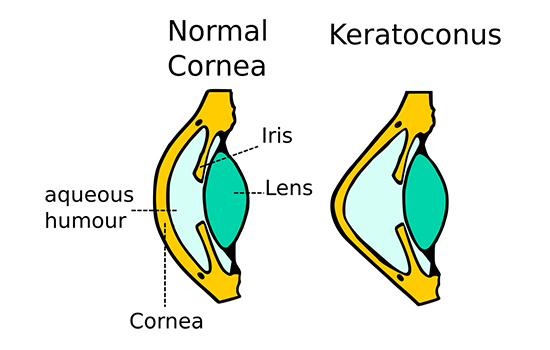Similar to other parts of our body, our eyes deteriorate with age. Learn more about it here.
Macula is the central vision area that provides the best vision to see small details and colour. With age, similar to other parts of our body, the macula can deteriorate, leading to decreased visual acuity and distortion. This is known as Age-Related Macular Degeneration (AMD or ARMD). If severe, it is possible to lead to central blindness; the periphery, however, can remain unaffected. Unfortunately, there’s currently no cure for AMD, but there are ocular vitamins that can be taken or eye injections by specialists in the moderate to severe stages to slow down the progression.
There are 2 forms of macular degeneration: dry AMD and wet AMD. Dry AMD is the more common of the two forms, and has a better prognosis. However, dry AMD can become wet AMD, where there is a leakage of fluid or blood. Vision in dry AMD deteriorates slowly over time, while wet AMD can be detrimental.
It is important to take preventative measures, such as UV protection and a healthy diet, at a young age to protect the macula. Additionally, the risk of macular degeneration in patients increases with a positive family history of AMD and in previous or current smokers. Regular eye examination can help screen for early onset of AMD and our optometrists can discuss various methods of maintenance and prevention of macular degeneration.







